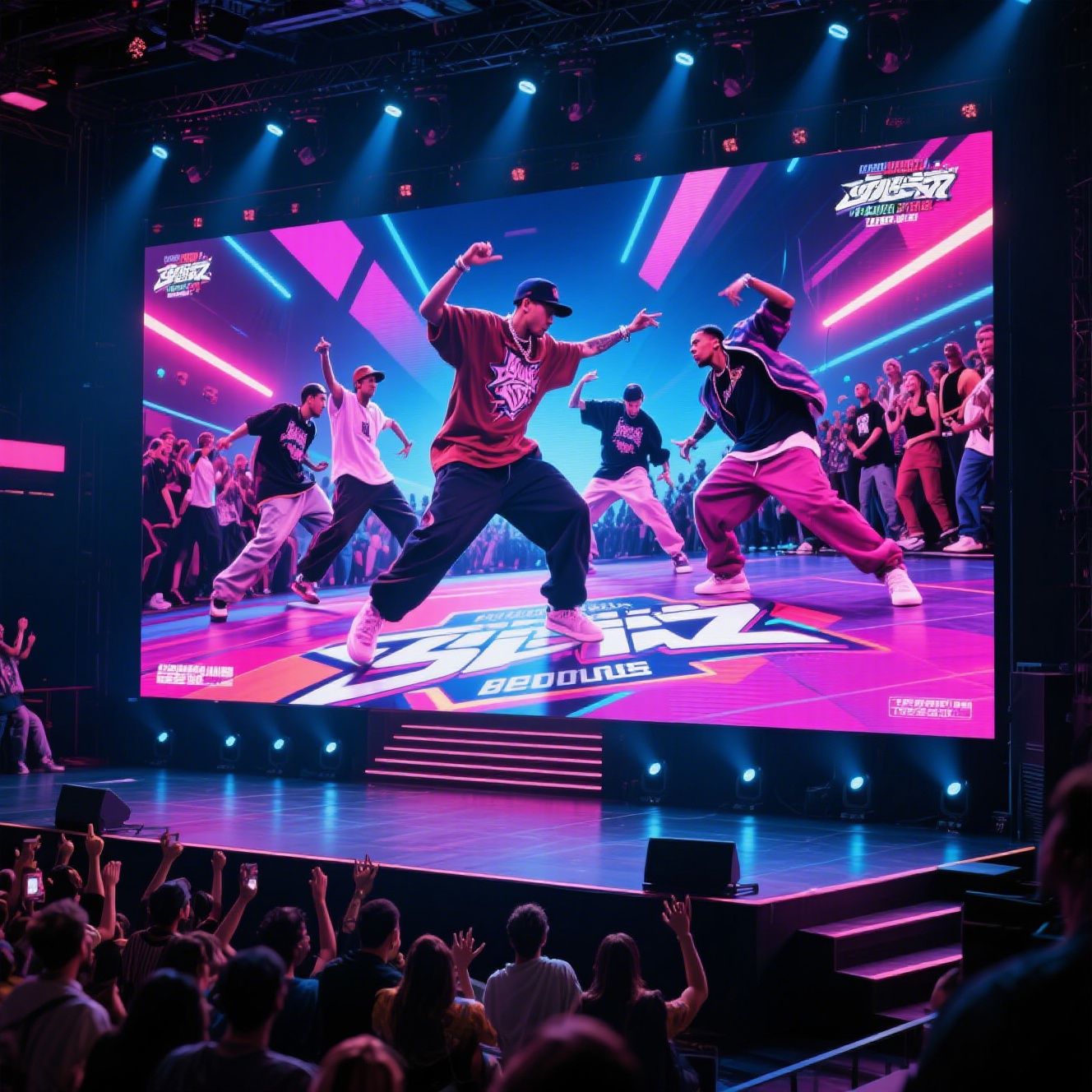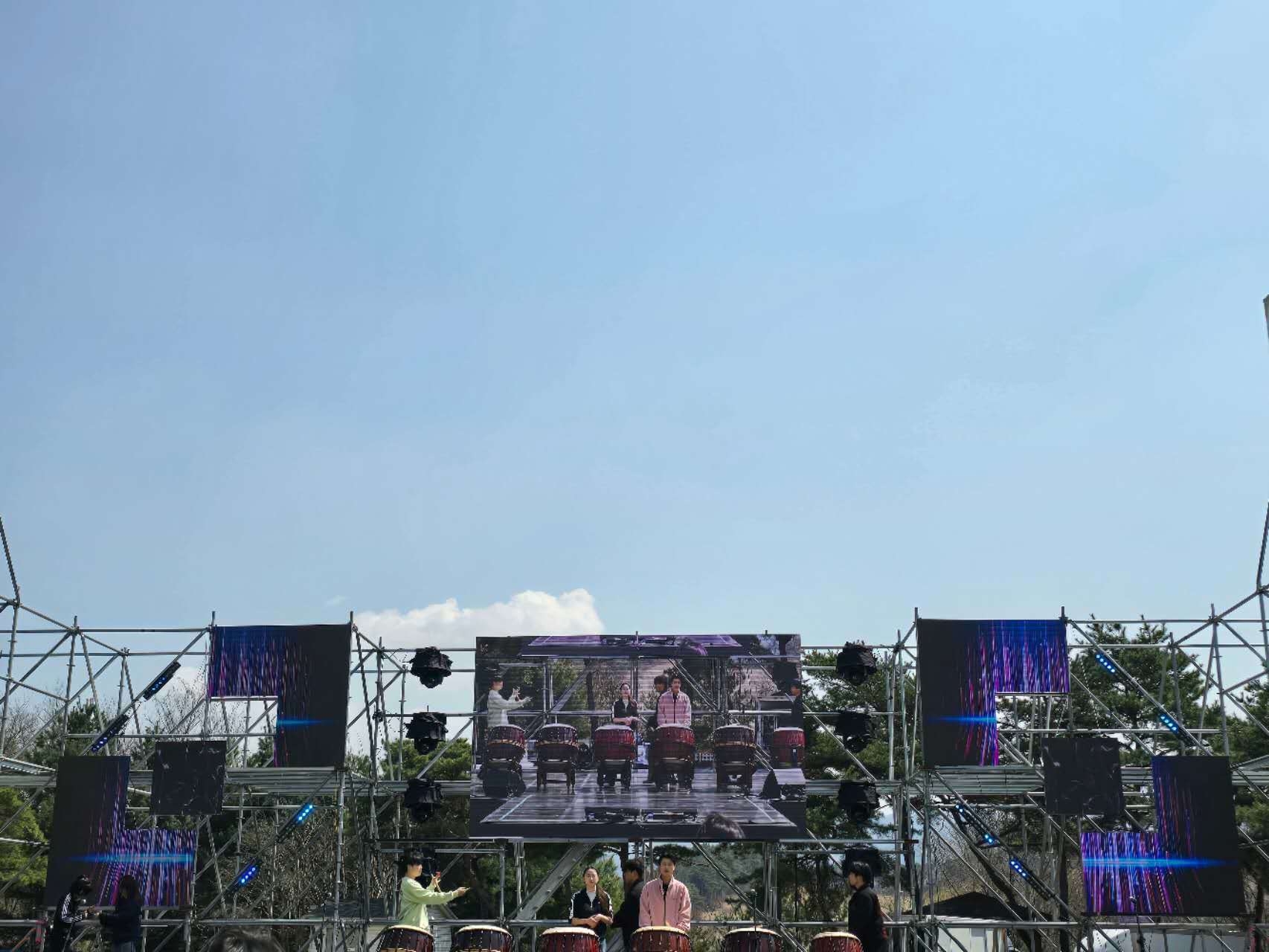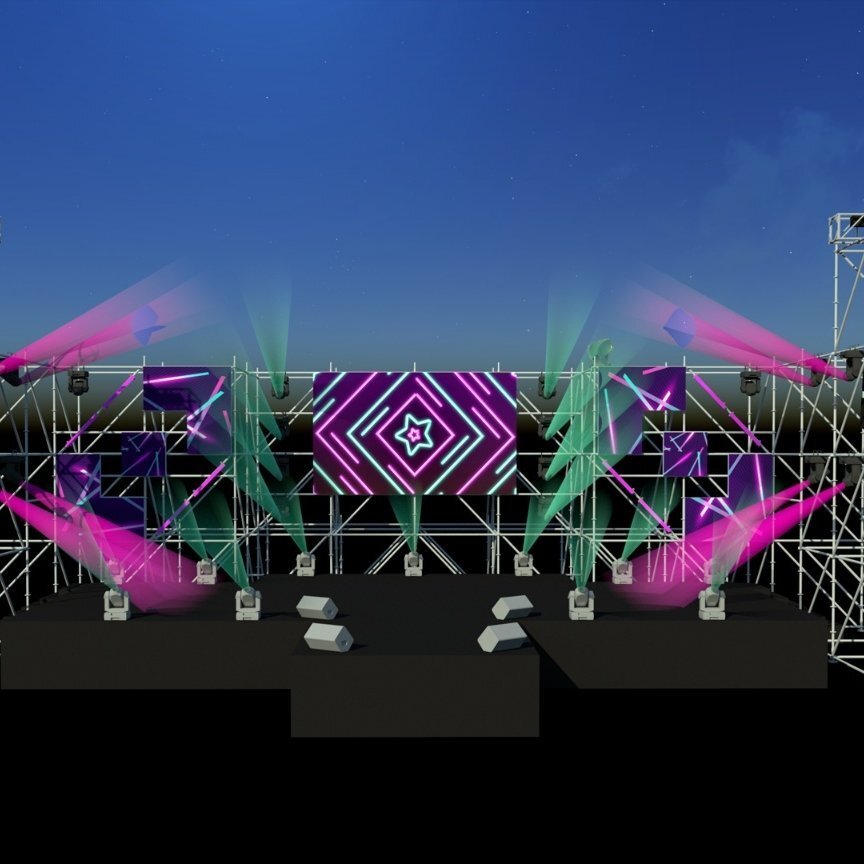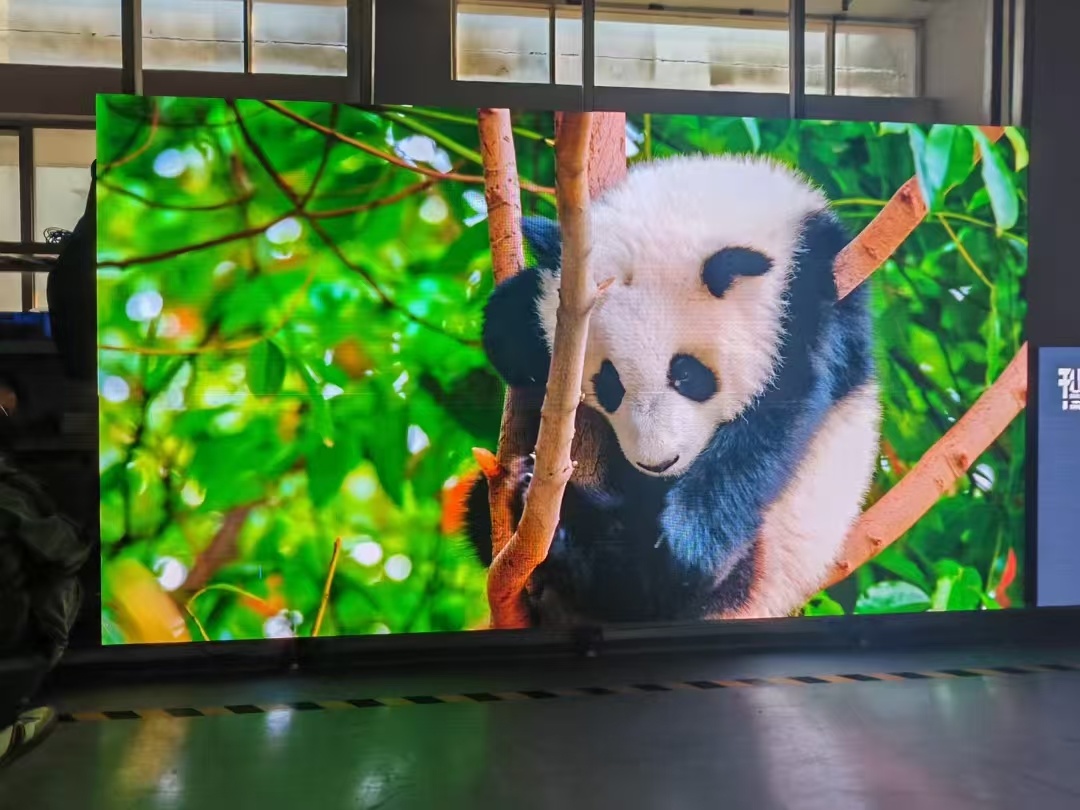How to choose an LED sign
Time:
Feb 18,2025
What you need to know about a suitable digital LED display for your business.
What is an LED display?
An LED sign consists of a matrix of individual LED lights (LED pixels) that are individually controlled to make text, picture or video images.
The Basics
Before selecting an LED sign, its necessary to understand the basic parameters and why they are important. These parameters are Pixel Pitch, Matrix, Viewing and Reading Angle, Viewing Distance and Viewing Time. These parameters determine which type of sign is best suited for your business. Let’s start with the general information and concepts of LED signs.
LED Pitch
The led pitch is the center-to-center spacing of the LEDs in an LED display. A smaller led pitch means there is less space between the pixels and therefore more pixels resulting in a higher resolution and better image quality.
Viewing distance is the main factor in determining the pixel pitch. For indoor LED signs with short viewing distances and stationary viewing. a high resolution sign (2mm to 6mm led pitch) is required. For outdoor signs, 6.67, 8mm and 10mm LED pitches are recommended.
Display Resolution
The display resolution is determined by the number of LEDs that make up a sign, (height x width). The display resolution is determined by the number of LEDs that will fit into a specified area. As the LED pixel pitch decreases, more LEDs will fit into a given area so the resolution will increase.
RGB Color
Color LED Displays are made up of 3 LEDs, 1 red, 1 green, and 1 blue which when viewed from a distance they are seen as a single color.
Viewing Angle
For LED Displays, viewing angle is the maximum angle at which a display can be viewed with acceptable visual performance. LED Displays are brightest when viewed straight on and become less bright and less readable as the viewer moves away from center, therefore is important to purchase a screen incorporating Wide Angle LED’s.
The viewing angle is measured from side-to-side, and will be given as the maximum degree from center that the sign can be viewed. Some LEDs exhibit different behavior in horizontal and vertical axis, and manufacturers will specify maximum usable viewing angles in both directions. Usually, the LEDs used for signs will have a greater horizontal viewing angle, and smaller vertical viewing angle.

While in most applications a wide viewing and is preferred, in some types of signs, such as traffic signage, a narrow viewing angle is used, to direct the message at the intended viewer at maximum brightness.
Viewing Time and Distance
When choosing a LED sign, consideration of viewing time and distance is key. As the distance at which the sign will be viewed increases, the character height must also increase. As a rule of thumb, for every inch of character of height, the viewing distance increases by 50 ft. If you are aiming at a stationary audience, such as traffic at a stop light or shopping center, you can choose smaller size with higher resolution (pixel pitch). If you are aiming at moving traffic, the viewing time will be less a larger size character is required.
Controller Types
There are 2 types of LED Sign Controllers, Synchronous and Asynchronous
Synchronous Control
Synchronous Control requires a computer to be connected directly to the LED display and operating full time. This is type of control method is best suited for large billboards, Video backgrounds for stages, and scoreboards where you require a direct video feed, large memory capacity, real time control, or are running 3rd party software. Since Synchronous Controls are computer based, it is easy to upgrade the hardware and add additional software apps. The computer can be located in an office or inside the sign cabinet. When the computer is located in an office or control room, data cable is needed to connect to the sign. If mounted in the LED Display cabinet, the computer will still require a data connection (wired or wireless) and will be subjected to harsh environmental conditions (summer/winter temperature extremes), dust and humidity.
Asynchronous Control
Asynchronous Controlled Displays use an Embedded Micro Controller located within the sign cabinet. They are meant for autonomous operation with all advertising data saved on internal flash memory then played back according to a programmed schedule. Asynchronous controllers are not suited for real time control and the hardware and software is not easily upgraded. The controllers are designed for harsh environments.
LED Pixel Pitch and Resolution
It is essential that you understand pixel pitch and relation between pixel pitch, resolution and viewing distance in order to make best decision according to your requirements, space and budget.
![]()
How Pixel Pitch Effects Image Quality?
Pixel pitch determines the resolution, minimum viewing distance and best viewing distance of an LED screen. A smaller pixel pitch allows more pixels per square foot and results in a more detailed and higher image quality. If the display is to be viewed from a short distance, a LED display with a small pixel pitch is required. The following chart shows the pixel pitch effect vs minimum viewing distance.

How to choose the best Pixel Pitch size for your location?
A display with a large pixel pitch will have almost the same image quality as a smaller pixel, as long as the viewing distance is within the best viewing distance range for that pixel size. A smaller pixel pitch will deliver you better image quality, but at a long distance the difference will be difficult to notice and the cost will be higher. To save costs and ensure the best visibility first determine the distance from the sign to your audience. Adtronics will survey your location and determine the right display pitch to save you money.
When considering an outdoor display, a 10mm pitch resolution is usually the best choice economically as most outdoor displays are viewed from 32 ft. or greater. When your audience is closer than 32 ft. from your sign and you are displaying graphics refer to the viewing distance chart to determine the best resolution. If the intention is to display text only 10mm is the best display choice from any distance.
How to save capital and get the best resolution display for your location
Take an LED sign with a pixel pitch of 10mm. The minimum viewing distance for a 10mm pixel is 32 ft (10m) and the best viewing distance is 60ft (20m) and further. So, if your audience will be viewing the display from 32ft to 160ft (10m to 50m) away, they will see an acceptable image quality with a fading level of pixilation from 32ft to 60ft (10m to 20m) and very good image quality after 60ft (20m). So, while you could increase the image quality using an 8mm pixel, (with a higher cost) the benefit is marginal since the viewing distance of 30ft to 160ft (10m to 50m), is already within the recommended viewing distance for a 10mm pixel. To save costs and to ensure the best choice display for your location, determining the proper pixel pitch vs. viewing distance is essential.
Adtronics will survey your location and determine the right display pitch to save you money.
The following table gives the Minimum and Best Viewing Distance for different Pixel Sizes:
| Pixel Pitch | Minimum Viewing Distance | Best Viewing Distance |
| 1.5mm | 5ft (1.5m) | 10ft (3m) |
| 3mm | 10ft (3m) | 20ft (6m) |
| 4mm | 13ft (4m) | ≥ 25ft (8m) |
| 6mm | 20ft (6m) | ≥ 40ft (12m) |
| 8mm | 26ft (4m) | ≥ 50ft (16m) |
| 10mm | 32ft (4m) | ≥ 60ft (20m) |
RELATED NEWS








